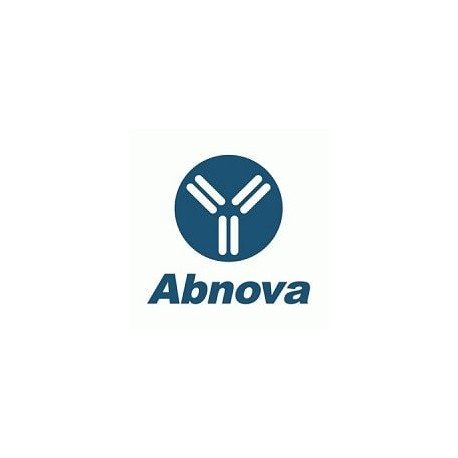Cart 0 Product Products (empty)
No products
To be determined Shipping
0,00 € Total
Prices are tax excluded
Product successfully added to your shopping cart
Quantity
Total
There are 0 items in your cart. There is 1 item in your cart.
Total products (tax excl.)
Total shipping (tax excl.) To be determined
Total (tax excl.)
Data sheet of CASP2 polyclonal antibody
| Brand | Abnova |
| Product type | Primary antibodies |
| Reactivity | Human,Mouse,Rat |
| Host species | Rabbit |
| Applications | WB,IHC-P |
More info about CASP2 polyclonal antibody
| Brand: | Abnova |
| Reference: | PAB12286 |
| Product name: | CASP2 polyclonal antibody |
| Product description: | Rabbit polyclonal antibody raised against synthetic peptide of CASP2. |
| Isotype: | IgG |
| Gene id: | 835 |
| Gene name: | CASP2 |
| Gene alias: | CASP-2|ICH-1L|ICH-1L/1S|ICH1|NEDD2 |
| Gene description: | caspase 2, apoptosis-related cysteine peptidase |
| Genbank accession: | BC002427 |
| Immunogen: | A synthetic peptide corresponding to amino acids at C-terminus of human CASP2. |
| Protein accession: | AAH02427 |
| Form: | Lyophilized |
| Recommend dilutions: | Western Blot (0.5-1 ug/mL) Immunohistochemistry (Formalin/PFA-fixed paraffin-embedded sections) (1-2 ug/mL) The optimal working dilution should be determined by the end user. |
| Storage buffer: | Lyophilized from 0.9 mg NaCl, 0.2 mg Na2HPO4 (5 mg BSA, 0.05 mg sodium azide, 0.05 mg Thimerosal) |
| Storage instruction: | Store at -20°C on dry atmosphere. After reconstitution with 200 uL of deionized water and concentration will be 500 ug/mL, store at -20°C or lower. Aliquot to avoid repeated freezing and thawing. |
| Note: | This product contains sodium azide and thimerosal: POISONOUS AND HAZARDOUS SUBSTANCE which should be handled by trained staff only. |
| Product type: | Primary antibodies |
| Host species: | Rabbit |
| Antigen species / target species: | Human |
| Specificity: | Identical to the related rat sequence. |
| Reactivity: | Human,Mouse,Rat |
| Application image: |  |
| Application image note: | Immunohistochemical staining of CASP2 on formalin fixed, paraffin embedded human mammary cancer with CASP2 polyclonal antibody (Cat # PAB12286). |
| Applications: | WB,IHC-P |
| Shipping condition: | Dry Ice |
| Publications: | Defects in regulation of apoptosis in caspase-2-deficient mice.Bergeron L, Perez GI, Macdonald G, Shi L, Sun Y, Jurisicova A, Varmuza S, Latham KE, Flaws JA, Salter JC, Hara H, Moskowitz MA, Li E, Greenberg A, Tilly JL, Yuan J. Genes Dev. 1998 May 1;12(9):1304-14. |


